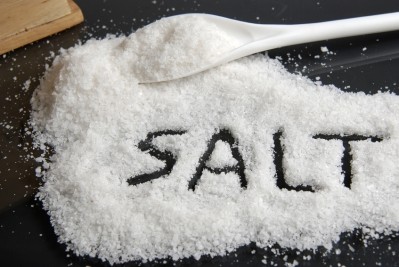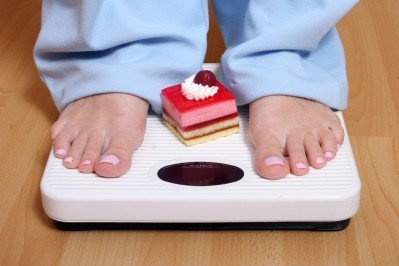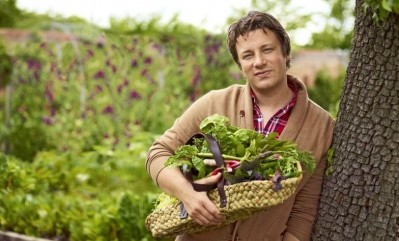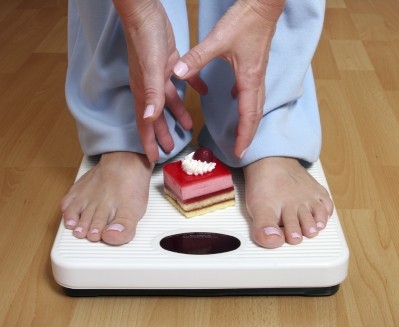Time to play fiscal hard ball on sugar tax?
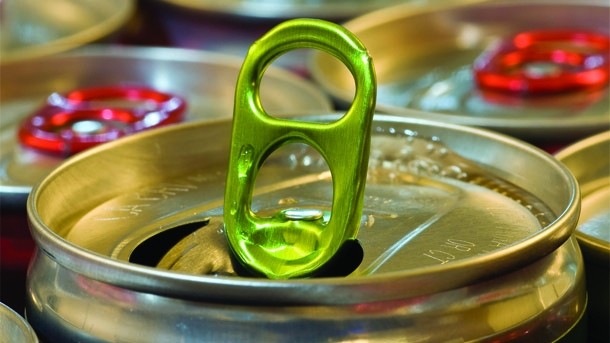
The area of high-sugar soft drinks is seeing the most heated debate. Could a duty on sugary drinks be made to work? What are the challenges? And what is the evidence regarding likely health outcomes?
The idea goes back two years to the launch by Sustain and the Children’s Food Campaign (CFC) of the Children’s Future Fund report. It argued that a levy of 20p per litre on soft drinks containing added sugar could generate around £1bn a year, the bulk of which should be ring-fenced to finance health and environmental improvements for the next generation.
“Since then, with very little in the way of resources, we have been trying to continue the debate,” says Malcolm Clark, CFC co-ordinator. “Last March, the chief medical officer said that, if the makers of sugary drinks didn't reformulate voluntarily, she could foresee a time when a tax might be needed to promote reformulation. Then in June, Public Health England (PHE) published its sugar reduction strategy document. It undertook to review and analyse the case for stronger action.” PHE is currently consulting on options including fiscal measures and advertising to children.
Draft report (Return to top)
Also in June, the Scientific Advisory Committee on Nutrition (SACN) produced its draft report on carbohydrates and health. It recommended that free sugars should account for around 5% of daily dietary energy intake.
Chair of the National Obesity Forum (NOF) David Haslam says: “Sugar has to take a lot of the blame for the current obesity epidemic. I support voluntary measures, but the atmosphere has changed over the past few months. The days of coaxing and nudging are coming to an end. The big stick is coming out.”
So what can we learn from existing fiscal measures for food and drink high in fat, sugar or salt (HFSS)?
In a January article criticising Coca-Cola’s sponsorship of the London Eye, Lord Ara Darzi highlighted the Mexican ‘sugar tax’ levied on fizzy drinks at the beginning of 2014, and the fact that sales of sugary drinks fell by 10% in the first quarter of last year. In 2011, Hungary imposed a tax on HFSS products and sales fell by up to 15%, Darzi pointed out.
Regarding Mexico, director general of the British Soft Drinks Association (BSDA) Gavin Partington adds: “Even in an economy notably different from the UK, the latest figures show that [the tax’s] impact so far in terms of calories per person has resulted in an overall reduction of only 9kCal per day, equivalent to a 0.3% reduction.”
A 20% duty in the UK, where soft drinks account for a lower proportion of calories in the average diet, would result in an even smaller per capita calorie reduction, he argues.
In a statement last December, Partington dubbed the proposed duty “poorly thought-out” and “simplistic”, citing the example of the French tax on beverages with added sugar or sweeteners introduced in 2012. “While sales of soft drinks initially fell, they have increased since, with sales up 6% in the first four months of [2014],” he claimed.
Similarly, the Danish tax on saturated fat (introduced in 2011, and repealed just nine months later) is held up as a warning that fiscal intervention on health and nutrition does not work.
But many have criticised the way the tax was withdrawn so quickly, and a Danish paper in the European Journal of Clinical Nutrition last year cited new research indicating that the tax was effective in changing consumer behaviour.
Clark at the CFC calls the Danish example “a salutary lesson for us as campaigners”, suggesting that explanations need to be more thorough in order to build up a broader base of acceptance.
In part because each national tax has had different targets and mechanisms, and in part because very little research is available regarding their health impacts, the CFC lent its support to modelling carried out by Liverpool University’s Brendan Collins. As a result of the proposed 20% duty, this forecasts a saving of £39M on public health and National Health Service budgets in London alone over 20 years.
Flawed model (Return to top)
In his December statement, the BSDA’s Partington called this “a tendentious report based on a flawed model”. But, Clark says: “I did take offence at the BSDA’s comments, given that I spent time looking at the modelling and helping to ensure it incorporated rigorous checks.”
One of the challenges, in particular with fat taxes and more generalised taxes on sugar content, says the CFC, has been the problem of how they are defined. “They tend to be harder to implement, and more likely to be challenged, because of that difficulty with definitions,” says Clark. “With a sugary drinks duty, you can be clearer about what it applies to.”
At AB Sugar, head of food science Dr Julian Cooper agrees that measuring ‘added’, ‘free’ or ‘non-milk extrinsic sugars’ is more difficult in many foods than it is in the majority of soft drinks. He cites jam and bread as examples of foods where processing changes the constituent parts.
So when it comes to beverages, is it relatively straightforward to quantify added sugar? “That depends on how the soft drink is made,” he says. “In general, total sugars are easier to define than added sugars.”
Lively debate would no doubt ensue about whether everything from agave syrup through to xylitol should be counted as a taxable sugar. “Definition is the crux of it,” says Cooper. “There is no hard-and-fast definition here, so anyone regulating in this area would need to define their terms, and stick to that definition.”
Politics (Return to top)
But even if the practical issues with a sugary drinks duty are manageable, how likely is it that the political establishment would put its weight behind such a proposal?
It would be a huge surprise all round if the Conservatives, or a rebooted version of the current coalition, backed anything of the sort.
As for the Labour Party, the title of its January public health report made its priorities clear: ‘Protecting Children, Empowering All’. On the protection side of the equation, the party puts “[regulation] for a maximum level of fat, salt and sugar in food marketed substantially to children”. It also proposes further limitations on advertising to children.
When it comes to ‘empowerment’, the focus is on EU-level proposals for mandatory traffic-light labelling. But the report explicitly states: “Labour does not believe recent calls to implement taxes on foods are the right approach for encouraging healthier diets.”
Labour is just as keen as its colleagues on the opposite benches to pre-empt accusations of ‘nanny state’ interference. Chair of the Responsibility Deal Dr Susan Jebb appeared to back Labour’s approach, saying that, despite the successes of the Deal, there was a need for mandatory as well as voluntary measures. She singled out in-store promotions as an area where some level of coercion would be required.
Despite predicting more of the ‘big stick’ and fewer carrots for industry, Haslam at the NOF says: “Whether a tax is the best solution, I have my doubts.” He too puts the emphasis on changes to advertising codes, promotions and in-store prioritisation.
Even Clark at the CFC admits that, where HFSS products are concerned, a drinks duty does not currently qualify as ‘low-hanging fruit’.
That said, fast-evolving UK politics could pull even bigger surprises than this in the coming months.
